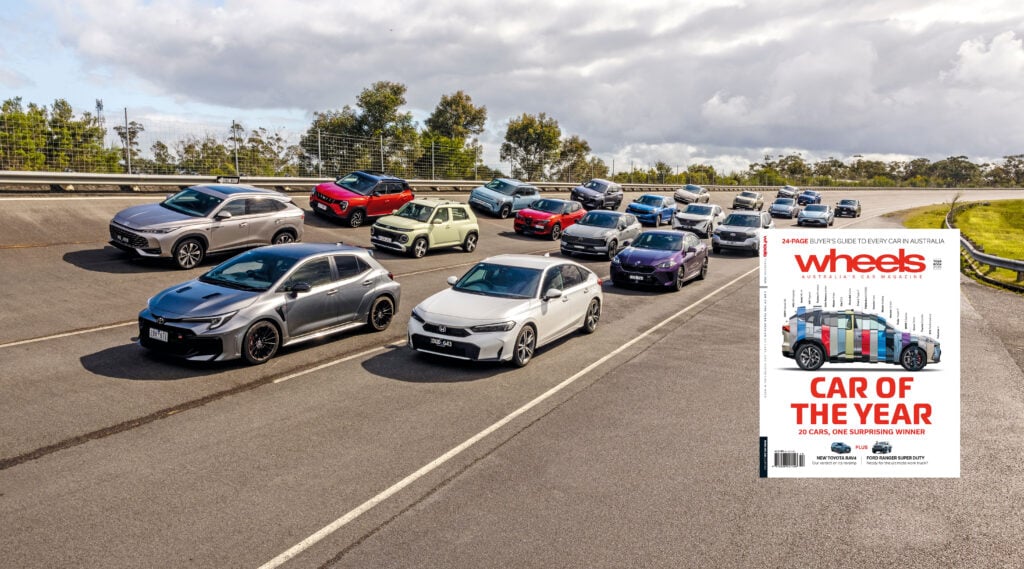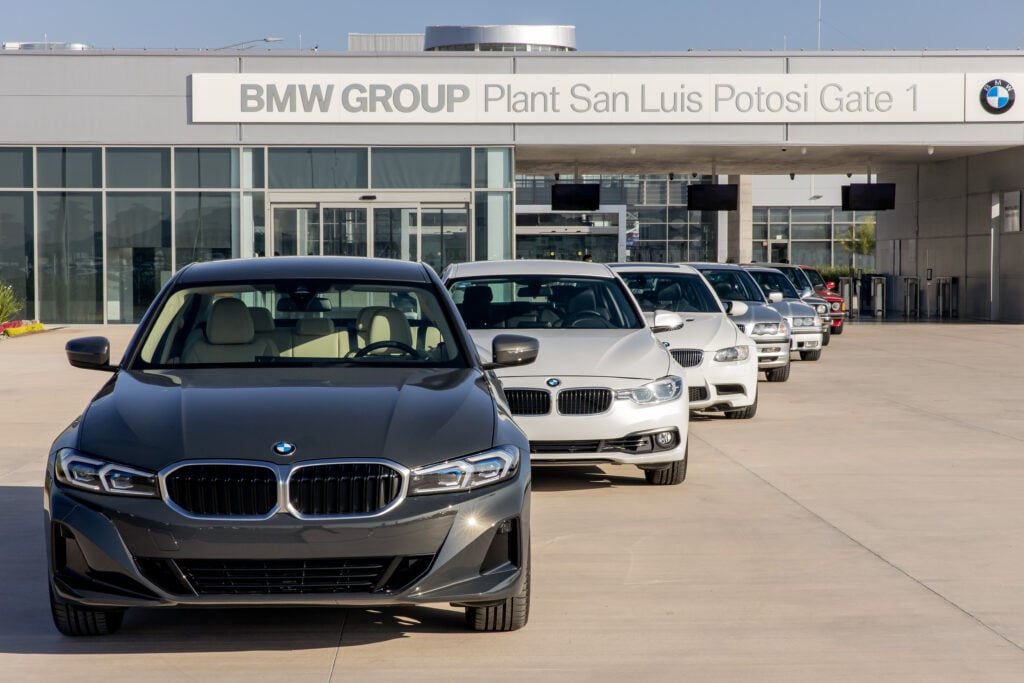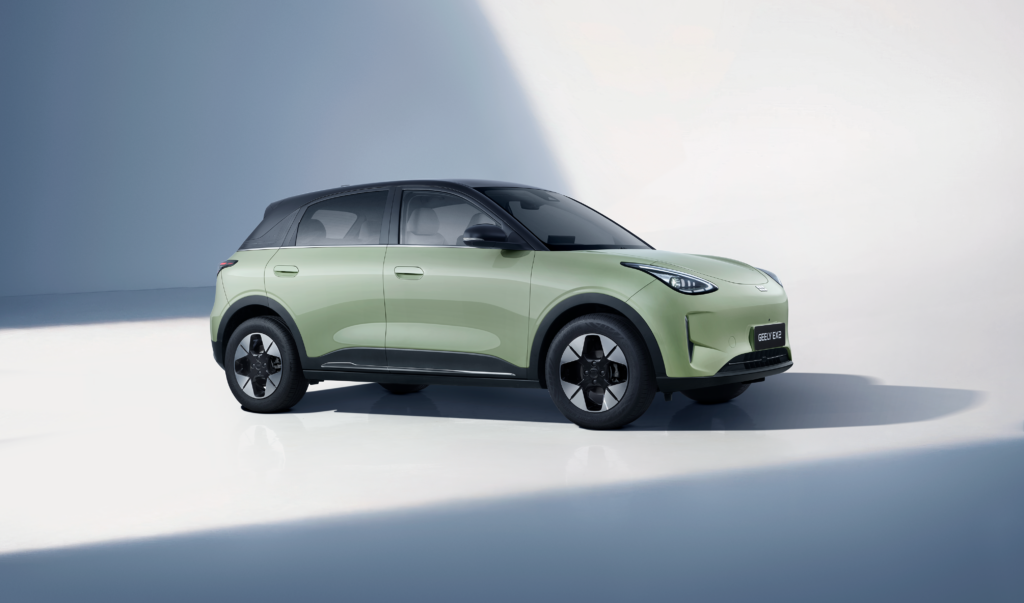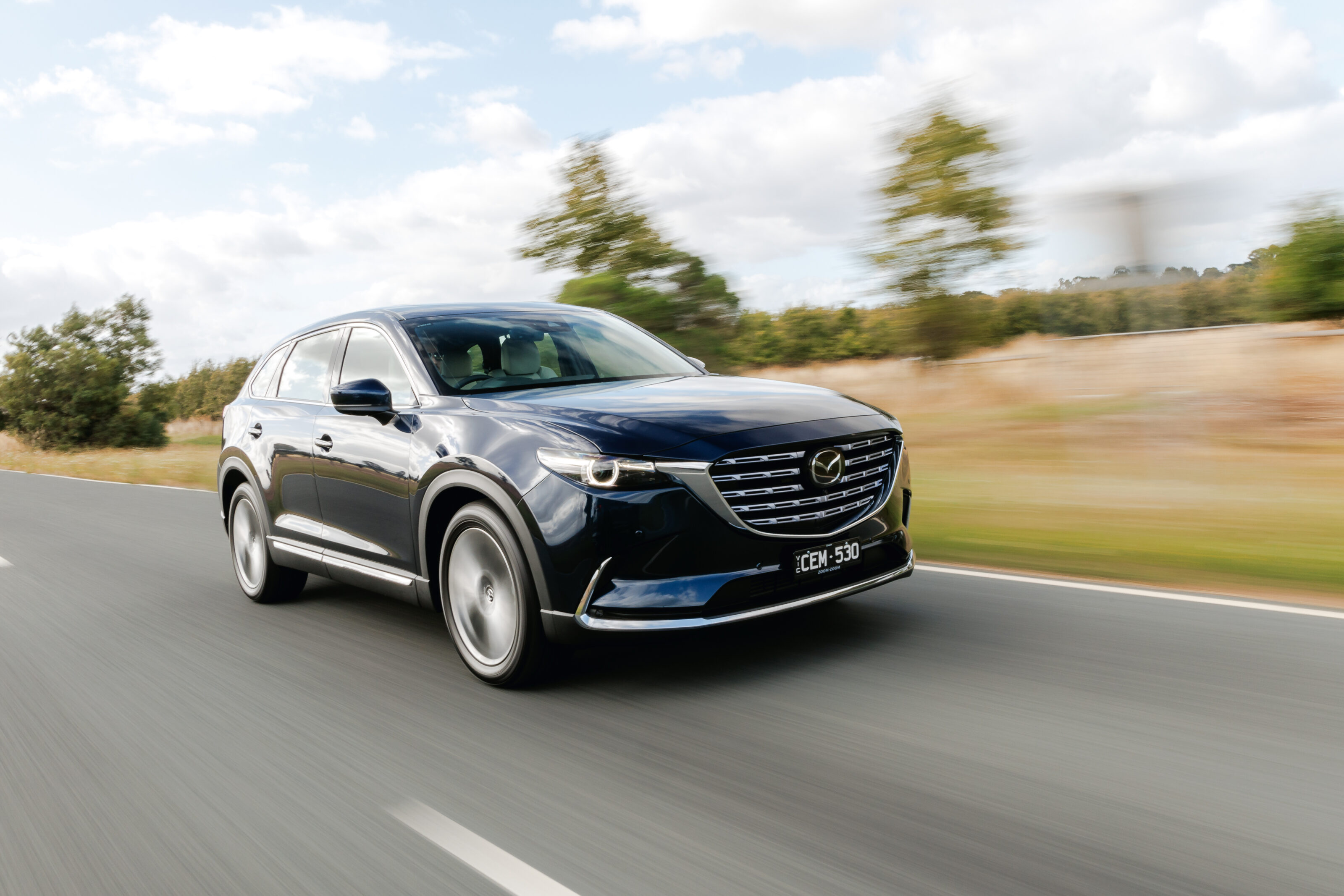
Snapshot
- Mazda CX-9 removed from the brandu2019s lineup globally and in Australia
- CX-9 has sold more than 82,504 units in Australia
- Will be replaced by CX-80 and CX-90
Sad news this afternoon if you’re the sentimental type: the Mazda CX-9 will soon be no more.
Mazda Australia has today confirmed that the CX-9, which has been the brand’s flagship large SUV for the previous fifteen years and is a previous Wheels Car of the Year Winner, will soon be removed from its lineup both globally and in Australia.
The CX-9’s axing comes as Mazda prepares to introduce a raft of new large SUVs, including the recently confirmed 2023 Mazda CX-80 and the soon-to-arrive CX-90.
While not direct replacements for the CX-9, the new models effectively occupy the same large seven-seat SUV segment that the CX-9 has filled since its introduction in Australia in 2007.

| Mazda CX-9 sales (2007-present) | |
|---|---|
| 2023 (YTD) | 952 |
| 2022 | 6460 |
| 2021 | 6630 |
| 2020 | 6768 |
| 2019 | 7148 |
| 2018 | 8094 |
| 2017 | 9012 |
| 2016 (second-gen model introduced) | 5123 |
| 2015 | 3384 |
| 2014 | 3344 |
| 2013 | 4184 |
| 2012 | 4587 |
| 2011 | 3857 |
| 2010 | 4096 |
| 2009 | 3975 |
| 2008 | 4605 |
| 2007 | 285 |
The new SUVs will also be much younger than the ageing CX-9 and are built on Mazda’s fresh ‘Large Platform’ architecture, which features a sportier rear-wheel drive bias and new inline six-cylinder engines.
The CX-9’s discontinuation will not affect the Mazda CX-8, even though it also has considerable crossover with the new Large Platform SUVS.
“We’re just about to introduce the biggest update to the CX-8 since we’ve brought it to market, so we’re pretty happy with it,” said Mazda Australia’s head of marketing, Alastair Doak. “We’re looking forward to getting that new CX-8 out and about. It’s a good car.”
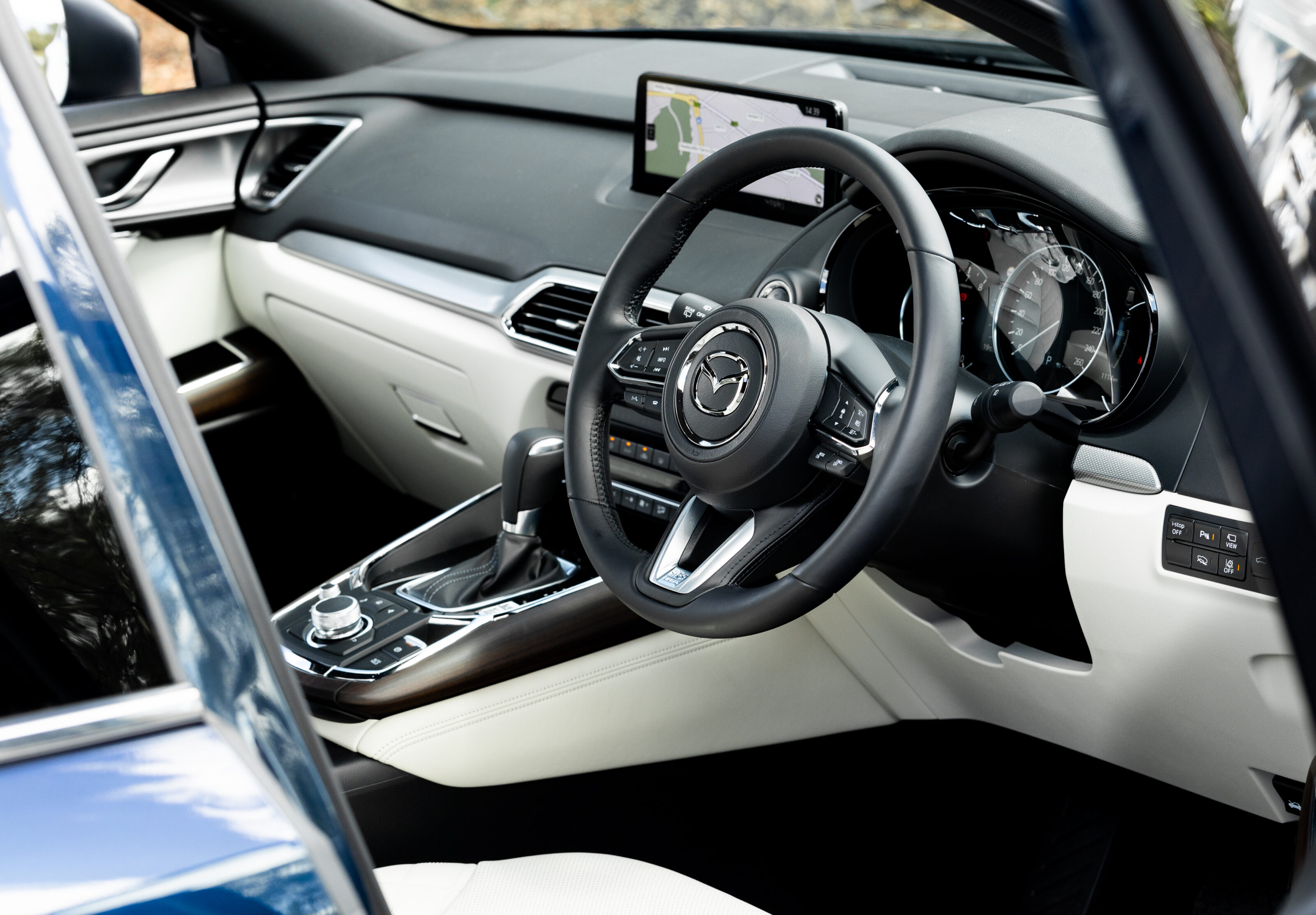
Retaining the CX-8 also ensures Mazda still has an affordable 7-seat SUV to compete against mainstream rivals like the Mitsubishi Outlander, Nissan X-Trail and Volkswagen Tiguan Allspace.
Pricing for the CX-8 currently kicks off at just over $40,000, however Mazda’s new ‘Large Platform’ SUVs will carry higher price tags as the brand continues to push into premium territory in Australia.
The CX-60, for example, which is the cheapest of the new models and is only offered as a five-seater, starts at $59,800 and stretches to $85,675 for the flagship plug-in hybrid model. Pricing for the CX-80 and CX-90 is yet to be confirmed, but the entry-point to their respective ranges will be higher than the CX-60.
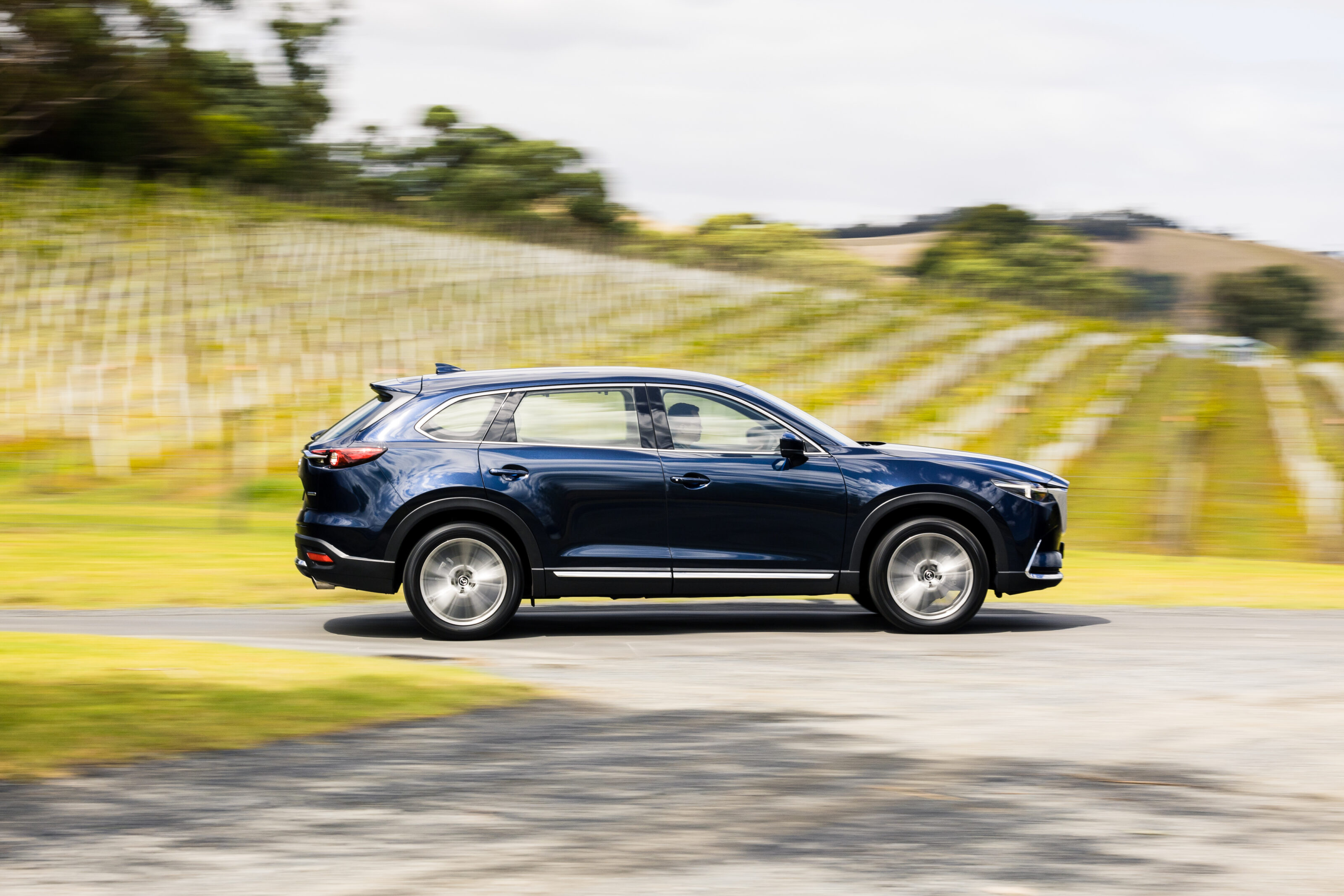
The second-generation Mazda CX-9 won the Wheels Car of the Year award in 2017 when it was praised for its eye-catching design, interior comfort and practicality, and its strong performance and driver appeal.
Despite the decision to drop the CX-9, Mazda Australia isn’t concerned about losing market-share, with the brand instead confident its influx of fresh product will actually see it gain sales in the popular large SUV segment.
“We’ve certainly positioned the CX-90 in the marketplace as a very compelling value proposition,” added Mazda’s Alastair Doak. “Even though it will be a higher price [than CX-9] there’s still a very strong value offering there.
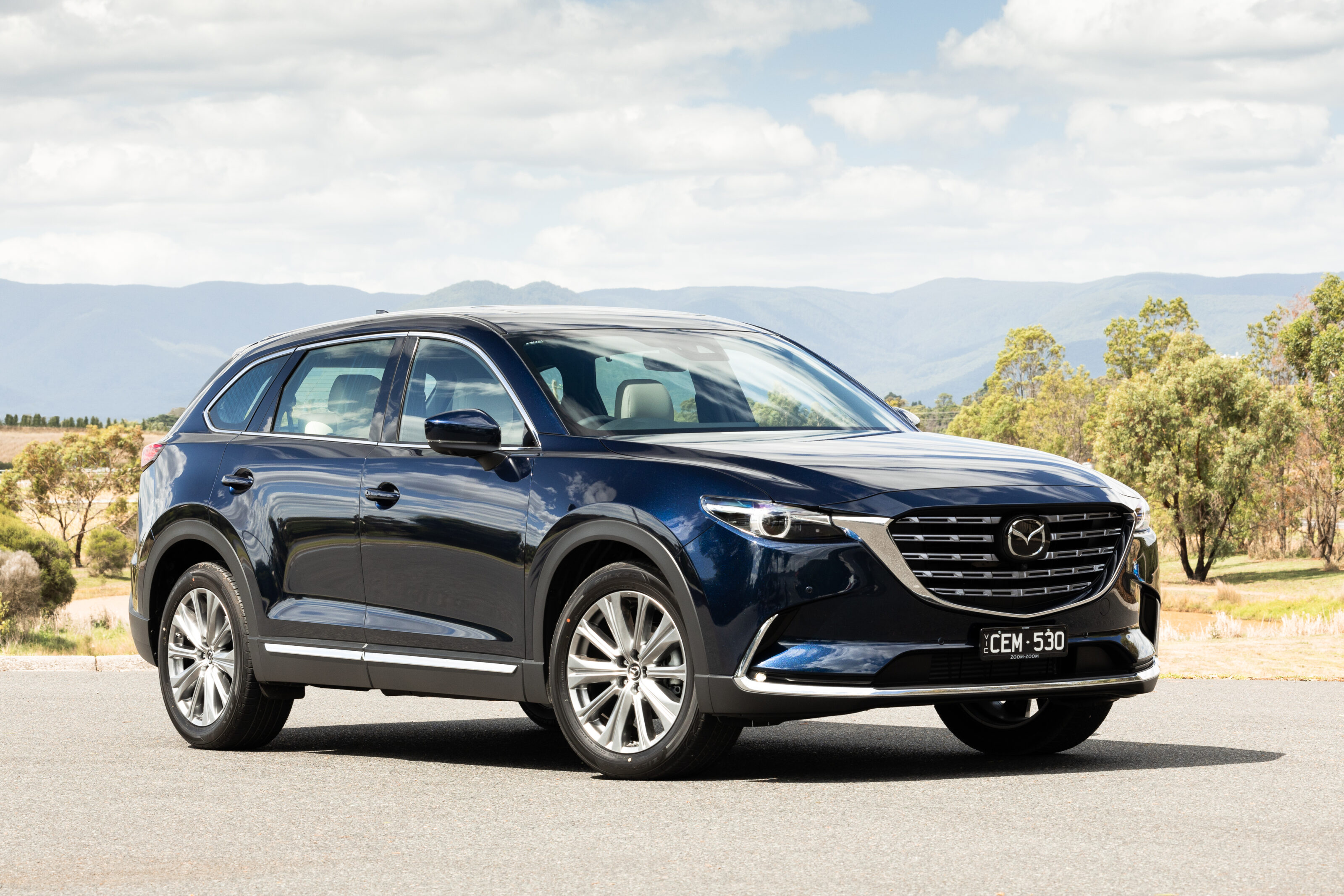
“I think it’s natural for people to move up when they replace their car in terms of performance and luxury and technology. The CX-90 is a physically larger car with a bigger boot at 500+ litres with three rows in place, it has third row air vents and all the latest safety tech. And then there’s the powertrains – which are a huge step up for refinement, performance and sporty characteristics. So there are many compelling reasons why people will step up.
“If that doesn’t happen, you’ll be able to buy a CX-9 in this market for most of this year,” he added. “We also sell the CX-8, we’re just about to update that car, and then we’ll have CX-80 in the ranks as well.
“So we’re going from two three-row SUV choices (CX-8 and CX-9), to three three-row SUVs (CX-8, CX-80 and CX-90). So we’re actually increasing our offering in that space so we’re very comfortable we’ll have a destination for existing customers either to stay where they are or move up.”
We recommend
-
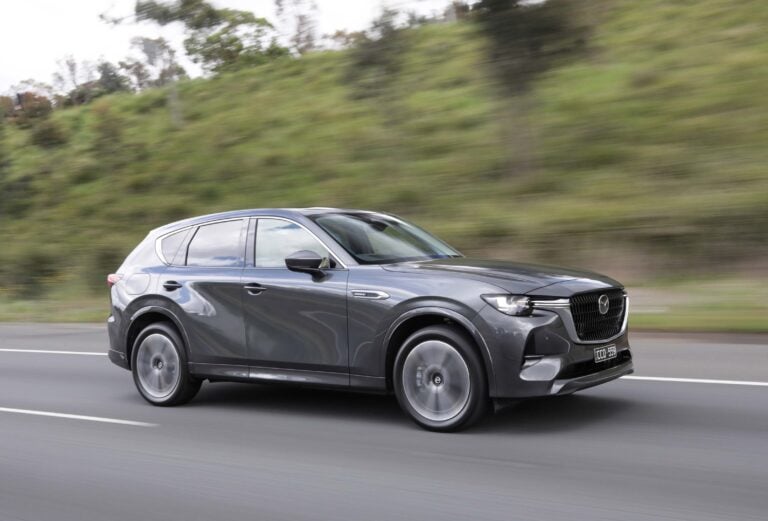 News
News2023 Mazda CX-60 pricing and features, accessories announced
CX-60 brings a new platform, fresh engines and is Mazda’s first plug-in hybrid. It’s also one of the most expensive Mazdas ever…
-
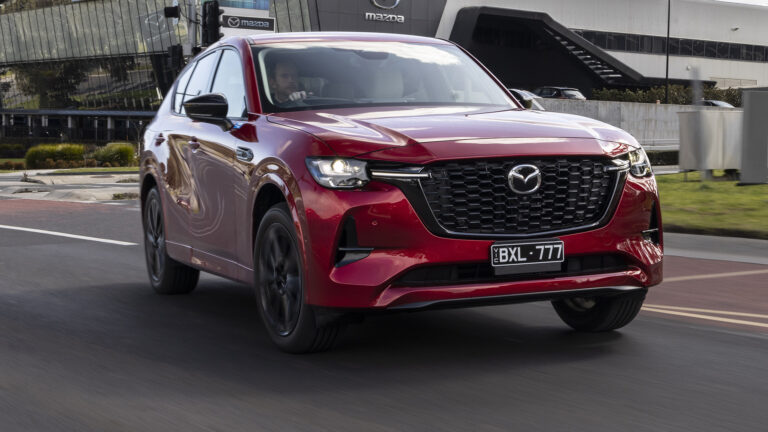 News
News2023 Mazda CX-60 revealed, now in Australia for final evaluation
Mazda’s most powerful road car ever enters final phase of evaluation under Australia conditions
-
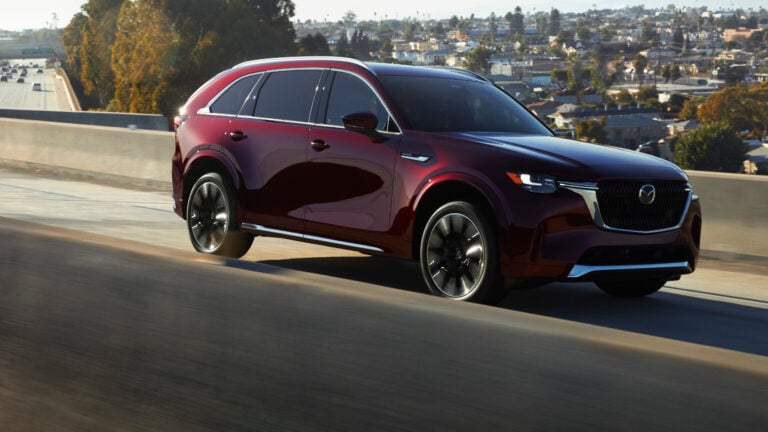 News
NewsMazda CX-90: Full model range prices coming soon, PHEV to arrive in 2024
Expect a top-shelf CX-90 to cost around $90,000 in Australia – representing complementary positioning and a clear premium message, with buyers already favouring flagship models in the large SUV category


